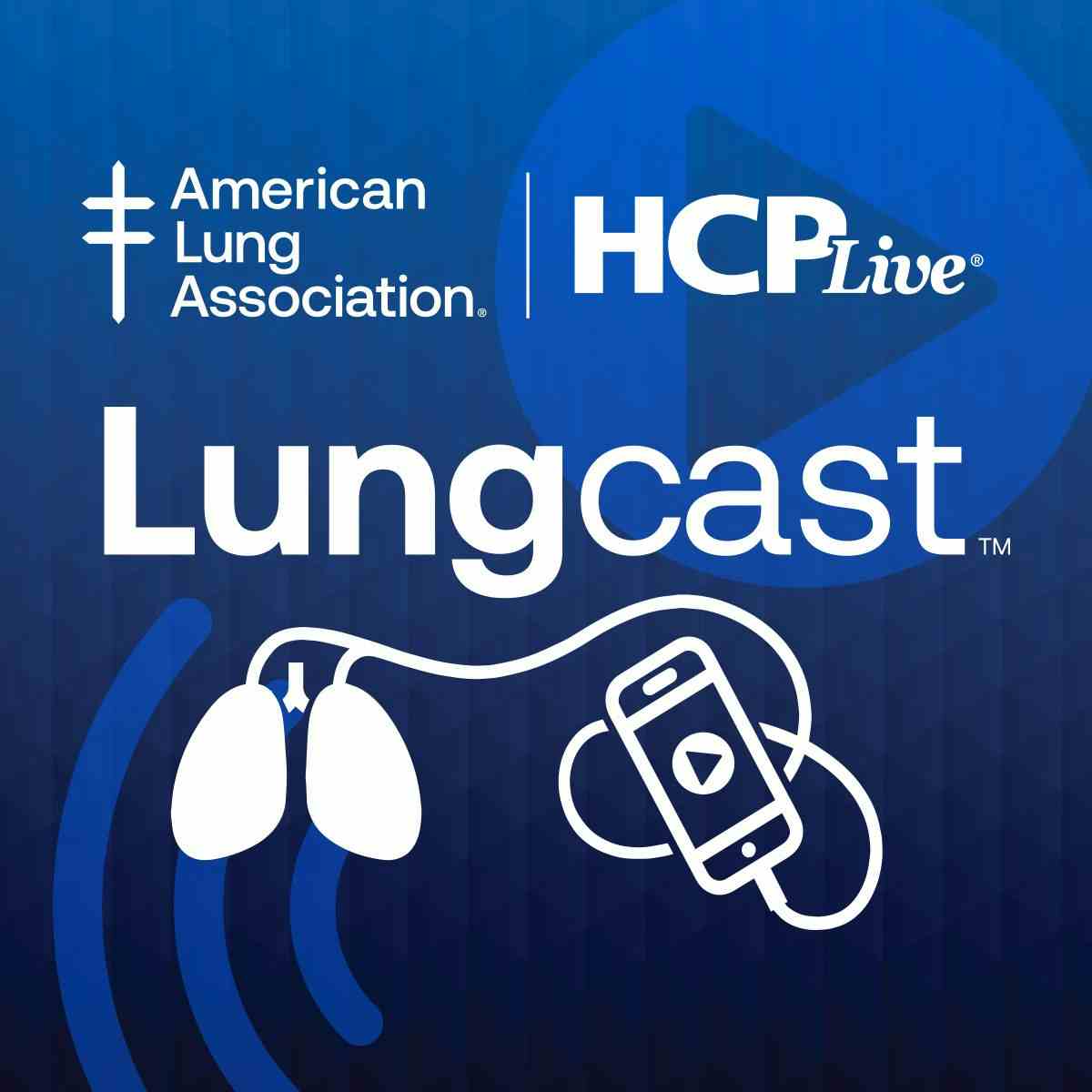News
Article
Cases of Retinal Vasculitis Observed After Aflibercept 8 mg for nAMD
Author(s):
A retrospective study in Japan identified 3 cases of non-infectious IOI associated with retinal vasculitis after aflibercept 8 mg treatment.
Credit: V2osk/Unsplash

In a retrospective case series study in Japan, intravitreal aflibercept 8 mg effectively improved visual acuity in patients with neovascular age-related macular degeneration (nAMD) but was linked to the incidence of non-infectious intraocular inflammation (IOI).1
This adverse event had not been reported previously in the pivotal Phase 3 PULSAR trial in nAMD, comparing the high-dose drug with aflibercept 2 mg.2 Investigators in Japan urged special attention to the potential development of IOI associated with retinal vasculitis after aflibercept 8 mg treatment.1
“These findings suggest that IOI associated with retinal vasculitis following intravitreal aflibercept 8 mg may arise more from endothelial cell damage due to potent VEGF inhibition than from a hypersensitivity reaction associated with drug antibodies,” wrote the investigative team, led by Hidetaka Matsumoto, department of ophthalmology, Gunma University Graduate School of Medicine.
Reported results from PULSAR showed that aflibercept 8 mg every 12 or 16 weeks was non-inferior to aflibercept 2 mg every 8 weeks in improving best-corrected visual acuity (BCVA) and central retinal thickness (CRT).2 Safety data revealed no significant differences between the 2 and 8 mg doses, without any cases of retinal vasculitis.
For this study, Matsumoto and colleagues retrospectively evaluated short-term outcomes in real-world settings after intravitreal aflibercept 8 mg for nAMD.1 A total of 35 eyes of 34 consecutive patients with nAMD were evaluated for BCVA, foveal thickness, and central choroidal thickness (CCT) before and 4 weeks after the initial dose of aflibercept 8 mg.
After 4 weeks, if a patient developed non-infectious IOI, aflibercept 8 mg was discontinued. Otherwise, a second intravitreal aflibercept 8 mg injection was provided to a patient without any IOI signals. Among the 35 eyes, 18 (51.4%) were treatment-naive, while 17 (48.6%) switched from other anti-VEGF drugs.
At the 4-week mark, patients treated with an initial dose of aflibercept 8 mg experienced significant improvement in BCVA and significant reductions in foveal thickness and CCT (all P <.01). A dry macula was achieved in 20 eyes (57.1%) at 4 weeks after the initial injection.
However, Matsumoto and colleagues identified 3 eyes (8.6%) who developed non-infectious IOI associated with retinal vasculitis. The IOI remained relatively mild, with no patient-reported symptoms attributable to IOI or visual decline 4 weeks after the initial intravitreal aflibercept 8 mg dose. Each case was alleviated with a posterior subtenon injection of triamcinolone acetonide with or without 0.1% betamethasone eye drops.
Notably, investigators indicated that 5 eyes who previously exhibited brolucizumab-related IOI did not develop any form of IOI in the 4 weeks after the initial injection of aflibercept 8 mg. However, a single case with prior faricimab-related IOI developed IOI associated with retinal vasculitis after the initial injection of aflibercept 8 mg.
“The absence of aflibercept 8 mg-related IOI in the cases with a history of brolucizumab-related IOI, and the development of IOI associated with retinal vasculitis in the case switching from the 2 mg to the 8 mg dose of aflibercept with a history of faricimab-related IOI, are consistent with the varying strengths of each drug’s anti-VEGF-A effect,” they wrote.
Noting the retrospective design, and small number of patients, as limitations, Matsumoto and colleagues called for larger and longer-term studies to determine the frequency of IOI associated with aflibercept 8 mg. In addition, they noted all subjects were Japanese, indicating these results might not be generalizable to nAMD in Caucasian patients or other racial or ethnic groups.
“Further investigation is necessary to determine the incidence and optimal management strategies for this condition,” they wrote. “There is a possibility that vascular endothelial cell damage associated with high-concentration intravitreal anti-VEGF therapy contributes to retinal vasculitis.”
References
- Matsumoto, H., Hoshino, J., Numaga, S. et al. Retinal vasculitis after intravitreal aflibercept 8 mg for neovascular age-related macular degeneration. Jpn J Ophthalmol (2024). https://doi.org/10.1007/s10384-024-01107-w
- Lanzetta P, Korobelnik JF, Heier JS, et al. Intravitreal aflibercept 8 mg in neovascular age-related macular degeneration (PULSAR): 48-week results from a randomised, double-masked, non-inferiority, phase 3 trial. Lancet. 2024;403(10432):1141-1152. doi:10.1016/S0140-6736(24)00063-1
























